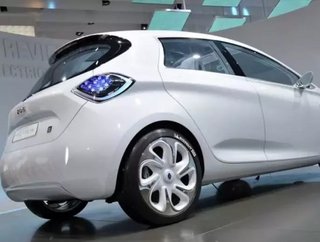Article
Sustainability
Top 10 Ways Ford is Reducing its Carbon Footprint
By Admin
May 17, 2020
undefined mins

Ford Motor Co. is making progress in reducing its carbon footprint and the amount of CO2 emissions released into the climate by adding advanced technolo...
Ford Motor Co. is making progress in reducing its carbon footprint and the amount of CO2 emissions released into the climate by adding advanced technologies to products and offering vehicle models that are more fuel efficient.
Ford’s top actions to reduce CO2 emissions:
- Reduced fleet-average CO2 emissions from its 2012 model year U.S. new vehicles by 15 percent compared to the 2007 model year;
- Reduced fleet-average CO2 emissions from its European vehicles by 14 percent from the 2006 to 2012 calendar years;
- Reduced CO2 emissions from its global operations in 2012 by 1 percent on a per-vehicle basis, compared to 2011;
- Implemented three more engines with its patented EcoBoost fuel-saving technology – in 2013, produced approximately 1.5 million EcoBoost engines globally, about 200,000 more than originally expected;
- For the 2012 model year, began selling the Focus Electric, which gets a combined 105 miles per gallon (mpg) equivalent (according to the U.S. Environmental Protection Agency), making it the most fuel-efficient compact vehicle in the U.S. at the time of launch;
- Introduced two plug-in hybrid electric vehicles to customers in the U.S.: the C-MAX Energi and Fusion Energi;
- Offered three hybrid electric vehicle models: the Ford Fusion, Ford C-MAX and Lincoln MKZ;
- In Europe, offered 39 models and variants that achieve a CO2 emissions level of 130 grams per kilometer (g/km), and nine that achieve less than 100 g/km;
- In North America starting in 2012, offered eight models that provide 40 mpg or better – compared to 2009, when its most fuel-efficient vehicle achieved 35 mpg;
- In addition, the company invests in energy-efficiency improvements at its facilities worldwide and to assess carbon emissions in its supply chain through multi-stakeholder projects.
Share






